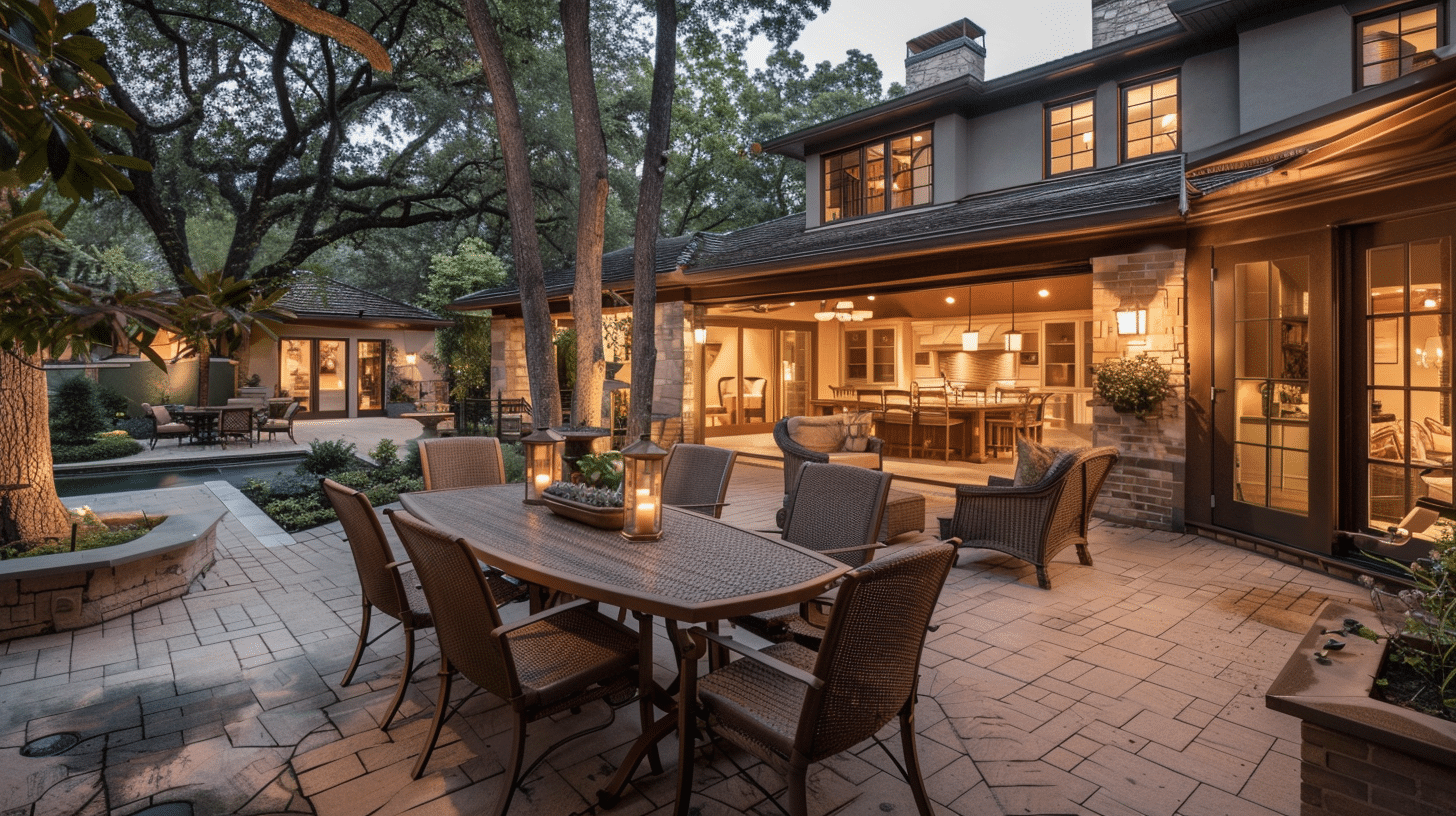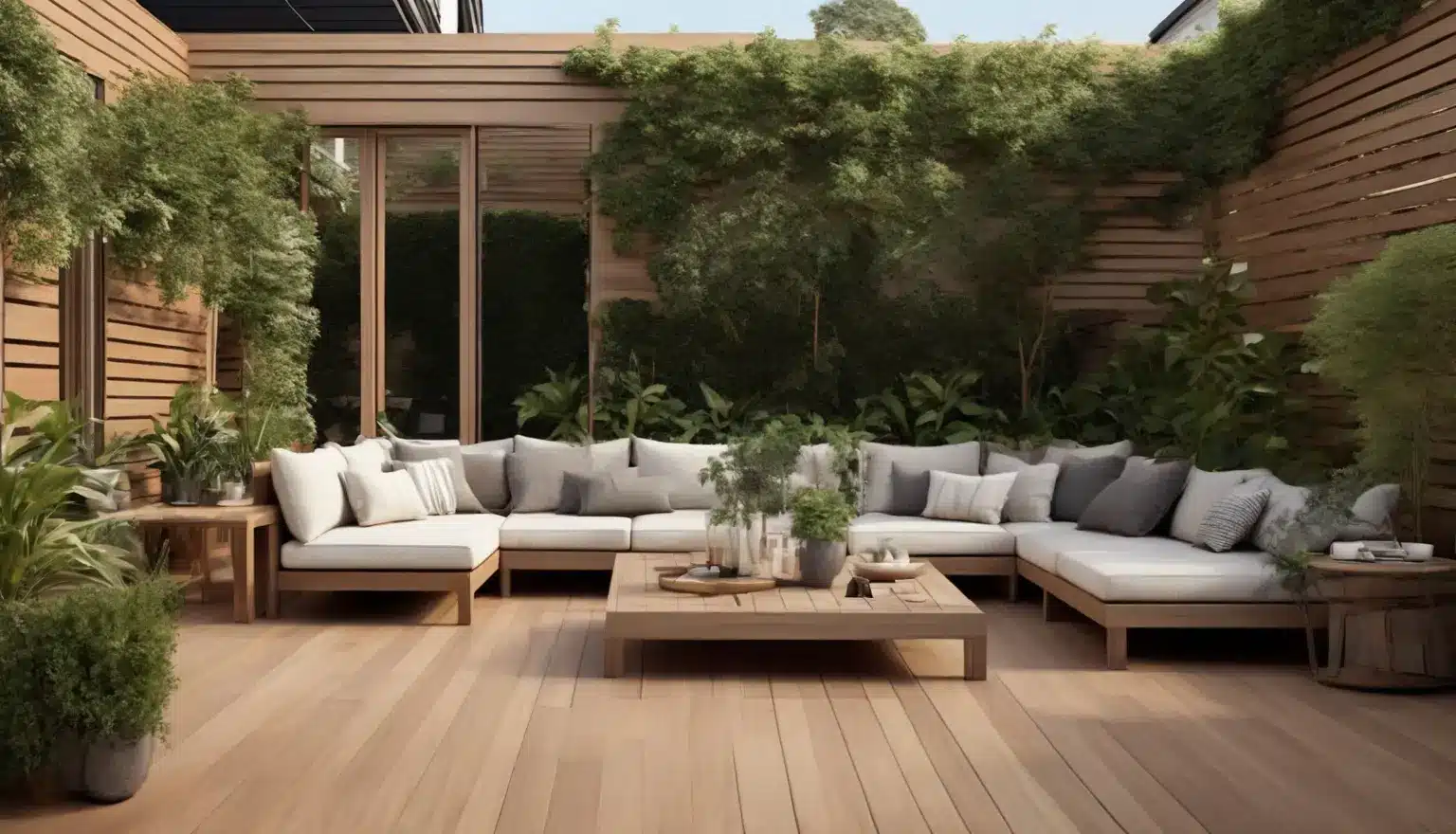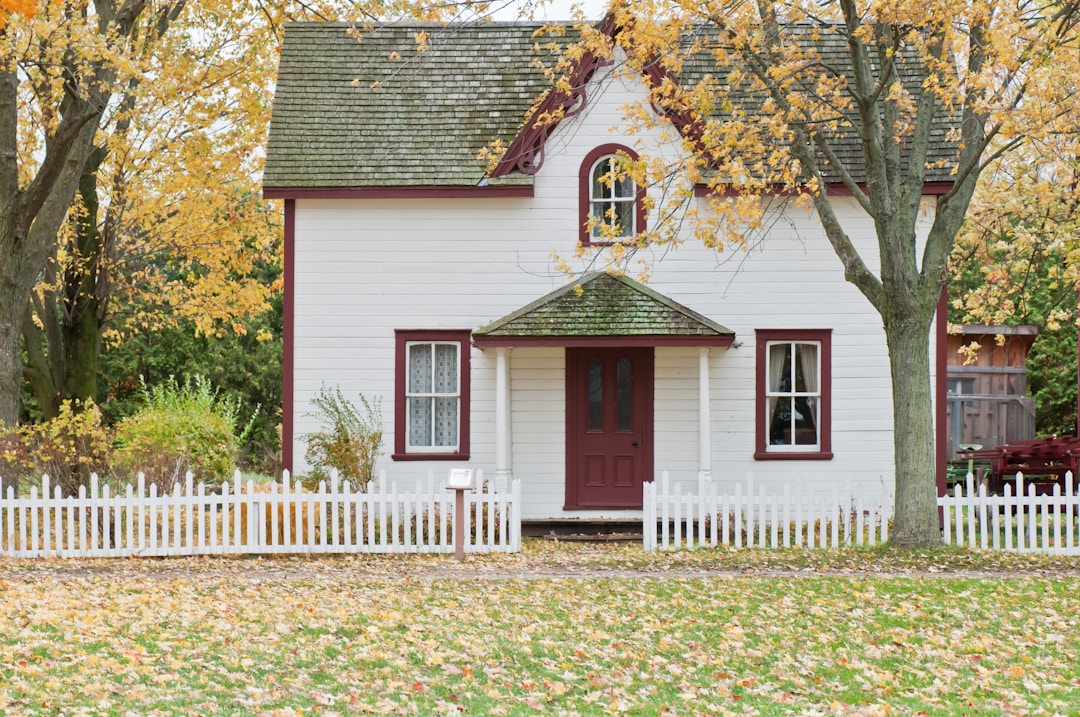Expanding Horizons: Designing Inviting Outdoor Living Spaces for Every Home
San Diego, California, embodies the epitome of Southern California living with its blend of sun-drenched beaches, vibrant cultural scene, and a laid-back coastal charm that defines its residents. Known for its year-round pleasant weather and diverse neighborhoods, San Diego attracts a community that values outdoor living and embraces the natural beauty of its surroundings.
From the historic Gaslamp Quarter to the stunning Balboa Park, the city offers a backdrop where urban amenities seamlessly blend with the allure of coastal landscapes. Amidst this coastal splendor, the art of outdoor living spaces thrives, catering to homeowners eager to extend their living areas beyond just the four walls.
Creating an inviting outdoor living space can be a transformative experience, allowing homeowners to make the most of their outdoor environments. Whether you have a large backyard or a cozy balcony, designing an area that encourages relaxation and entertainment is within reach. In this article, we will explore some key considerations and design tips to help you create inviting outdoor living spaces that suit your home and lifestyle.
Assessing Your Space:
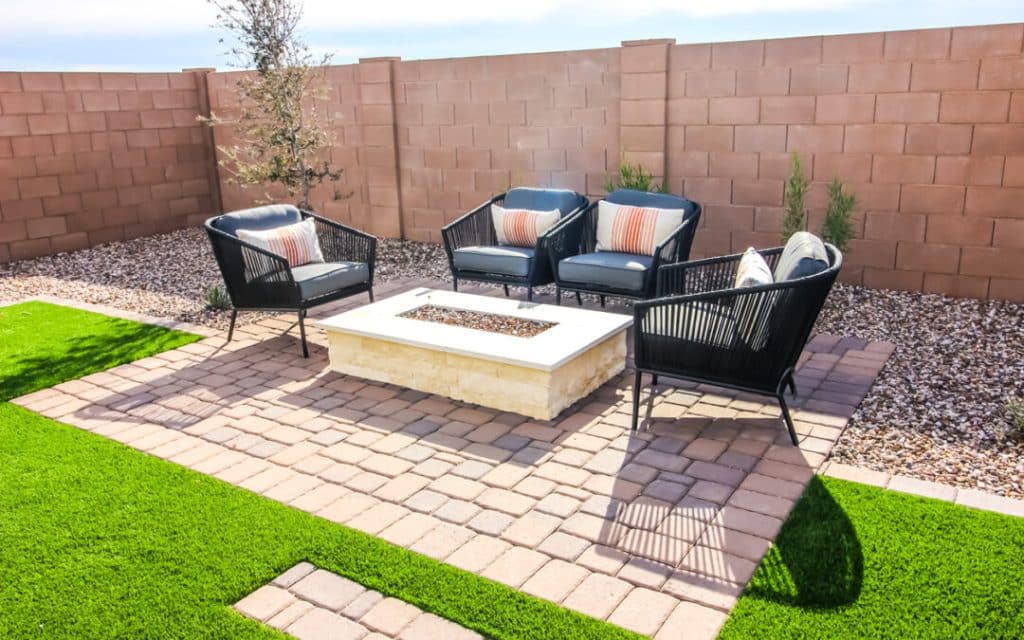
Before starting any design project, it’s essential to assess your outdoor space. Consider the size, shape, and orientation of your yard or balcony. Take note of any architectural elements or structures that may influence your design choices. Observing the natural light patterns at different times of the day will also guide you in selecting the right plants and furniture placement.
Define Your Functionality:
Every homeowner has different needs and preferences when it comes to outdoor spaces. Determine how you intend to use your outdoor area – is it for entertaining guests, family gatherings, or creating a private sanctuary? This clarity will help you choose suitable furniture arrangements and select focal points such as fire pits, grills, or water features.
Choosing Outdoor Furniture:
Selecting appropriate outdoor furniture is crucial for both comfort and style. Start by considering the amount of seating required based on the size of your family or potential guests. Opt for durable materials that can withstand varying weather conditions.
Teak wood, aluminum, wrought iron, and synthetic wicker are popular choices due to their durability while offering a range of aesthetic preferences. Remember that while white cushions look elegant outdoors, they may require more maintenance compared to darker colors that are less likely to show dirt or stains.
Integrating Natural Elements:
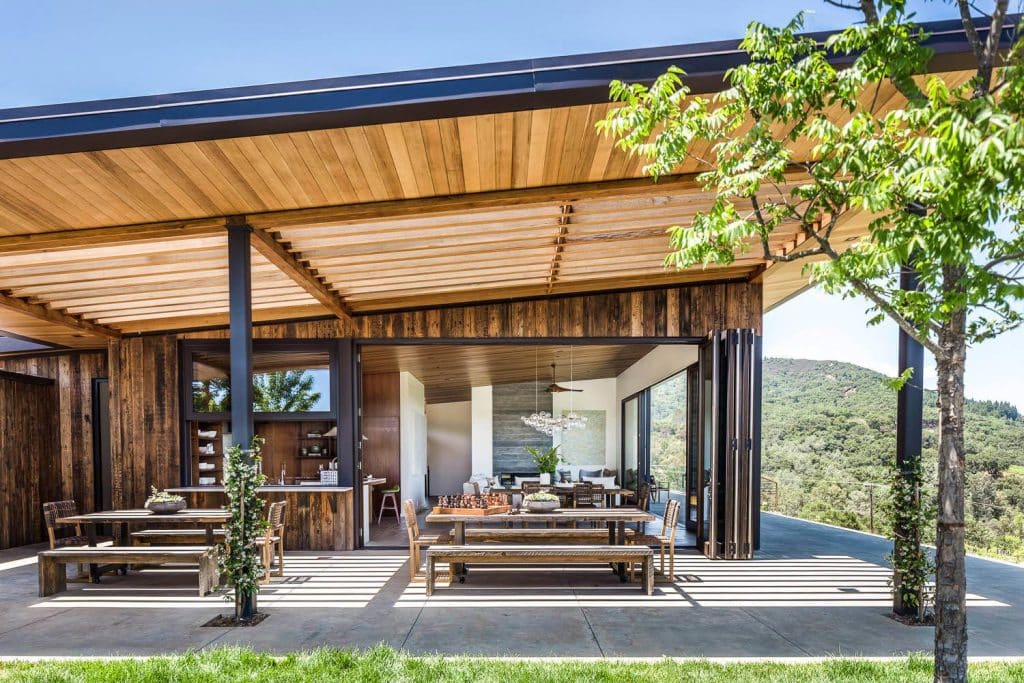
Make use of existing natural elements such as trees, shrubs, or gardens when designing your outdoor space. Incorporate them into your layout rather than thinking only about their impact on views. This integration creates a harmonious connection between your indoor and outdoor environments while maximizing the sense of relaxation and tranquility.
If your space lacks greenery, consider vertical gardening options such as trellises or living walls. They not only add visual interest but can also provide privacy.
Adding Lighting:
Outdoor lighting is essential for creating an inviting ambiance during evenings and nights. It extends the usability of the space and enhances safety. There are various options to consider, including string lights, lanterns, spotlights, or recessed lighting. Depending on your desired atmosphere, choose warm or cool-toned bulbs, ensuring they complement both the furniture and surrounding natural elements.
Emphasizing Privacy:
Create a sense of privacy in your outdoor living space by strategically placing hedges, fences, or screens without compromising air circulation and natural light. Privacy also depends on considering sight lines from neighboring properties or public spaces.
A careful balance must be struck between openness and seclusion to ensure a comfortable and inviting atmosphere. Incorporating plants in planters or window boxes with lattice screens provides both privacy and a touch of nature.
Bringing in Colors and Textures:
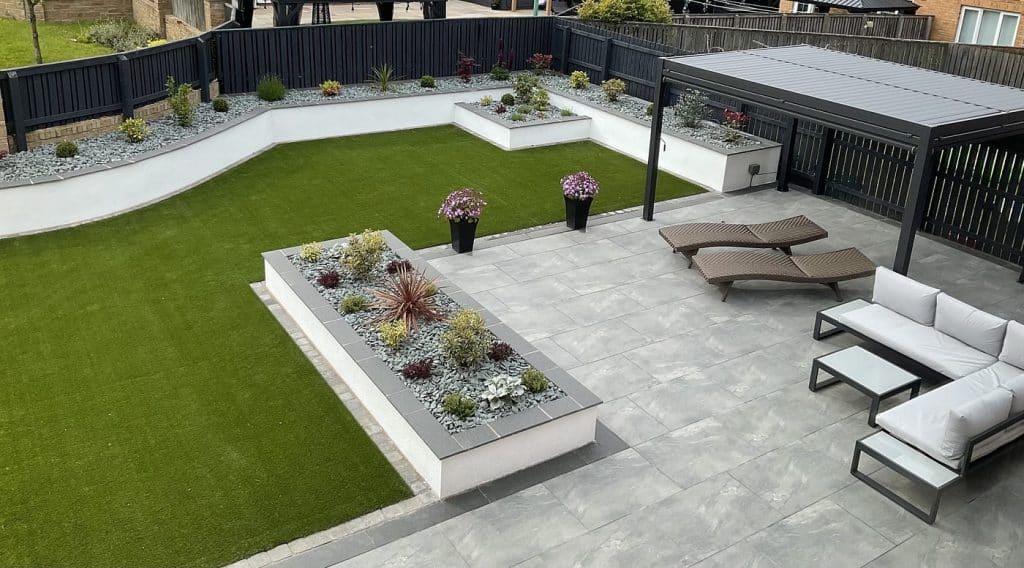
Use colors and textures to make your outdoor space visually appealing while reflecting personal preferences. Consider coordinating furniture cushions with vibrant throws or outdoor rugs that add comfort underfoot. Disposable weather-resistant pillows in different patterns can be rotated seasonally for fresh designs without major investments.
Creating Shade:
Providing shade is essential for enjoying the outdoors while avoiding excessive heat or harmful UV rays. Umbrellas are versatile options due to their mobility, allowing flexible shading depending on the sun’s position throughout the day.
Pergolas draped with climbing vines offer a permanent shade solution that also adds aesthetic appeal. If possible, design your seating areas near existing shade-providing structures like trees or architectural features.
Maintaining Balance:
Effective design achieves a delicate balance between functionality, aesthetics, and maintenance requirements. Consider the level of upkeep you are willing to commit to your outdoor space when selecting plants, hardscape materials, and accessories. Opt for low-maintenance options if time is a constraint to ensure long-term enjoyment without excessive effort.
Conclusion:
Designing an inviting outdoor living space is an opportunity to not only extend your home but also bring people together in a relaxed and beautiful setting. By assessing your space, defining functionality, choosing appropriate furniture, integrating natural elements, considering lighting, privacy, color schemes, adding shade, and balancing maintenance requirements – you can create a haven that perfectly suits your individual needs and preferences. So go ahead – reimagine your outdoor space and broaden the horizons of your home’s livable areas.

